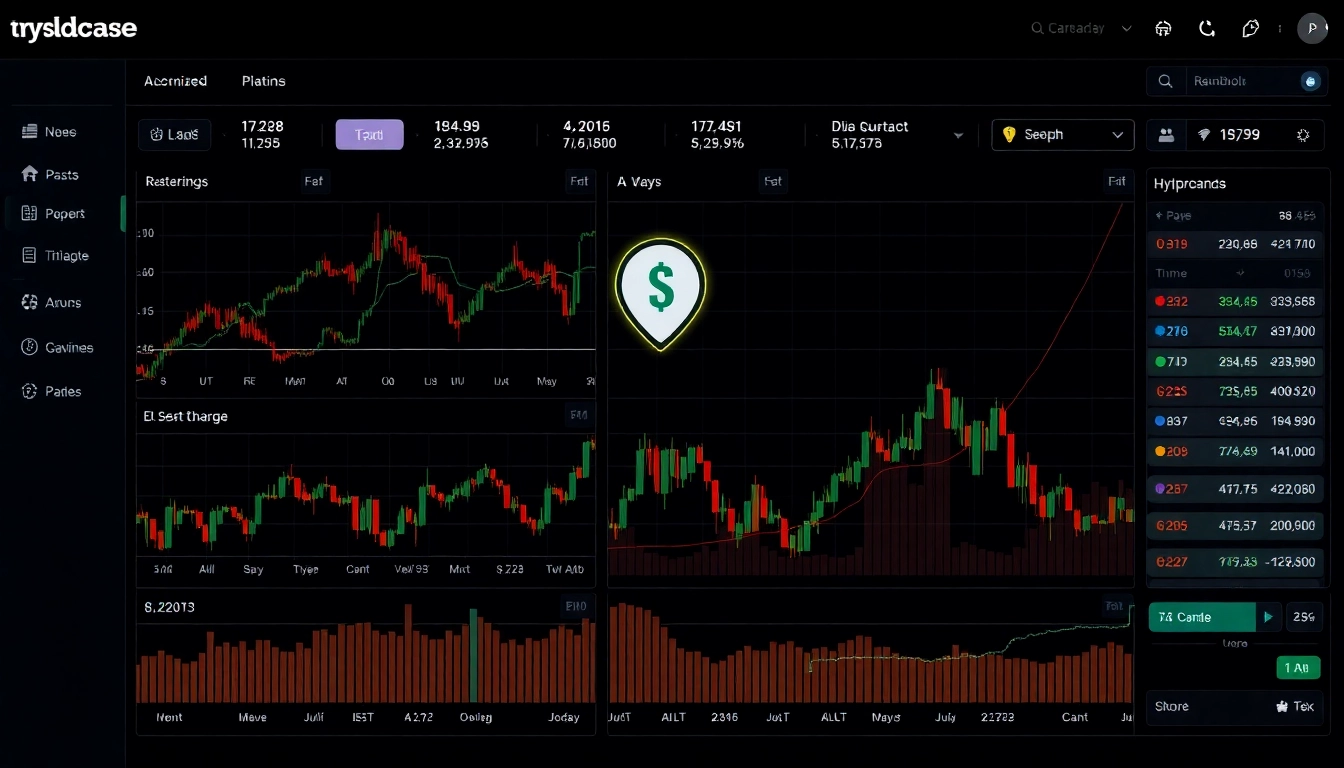Mastering Online Reputation Management in 2025: Strategies for Building a Resilient Digital Brand
In the digital age, where information travels at lightning speed and online platforms serve as the primary touchpoints for personal and corporate reputation, mastering online reputation management (online reputation management) has become more critical than ever. Whether you’re a professional crafting a standout resume, a business safeguarding your brand, or an individual managing personal digital footprints, a strategic approach to ORM can significantly influence your opportunities and success in 2025. This comprehensive guide delves into the core facets of ORM, effective techniques, modern tools, and how to measure success — empowering you to command your online presence and stand out from the competition.
Understanding the Foundations of Online Reputation Management
What is online reputation management and why it matters in 2025
Online reputation management refers to the process of monitoring, influencing, and controlling the digital narrative surrounding a person, brand, or organization. In 2025, the importance of ORM has intensified due to the proliferation of social media, review platforms, and search engines that aggregate billions of data points daily. Your digital footprint impacts job prospects, customer trust, investor confidence, and personal relationships. For example, a polished LinkedIn profile combined with positive reviews can accelerate career growth, whereas negative press or unfavorable reviews can hinder it. As trends evolve, so do the strategies for ORM, making it vital to stay ahead with innovative insights and tools.
Recent surveys indicate that over 85% of consumers and employers research online profiles before engaging—highlighting why ORM is essential for reputation resilience and growth.
Key components of a successful ORM strategy
- Monitoring: Continuous tracking of mentions, reviews, and social media activity using advanced software.
- Content Creation: Generating positive, authentic content that reinforces credibility and brand values.
- Engagement: Proactively interacting with audiences, responding to feedback, and building trust.
- Reputation Repair: Addressing negative content promptly and effectively with strategic countermeasures.
Common challenges businesses face with online reputation
Despite best efforts, organizations encounter obstacles such as false reviews, smear campaigns, outdated content, or social media crises. Addressing these challenges requires agility, transparency, and technological support, discussed further in the implementation techniques section.
Implementing Effective Techniques for Reputation Control
Monitoring online chatter and managing reviews
Utilize reputation management tools like Brand24, Mention, or Google Alerts to track brand mentions in real-time. Regular review of customer feedback on platforms such as Yelp, Trustpilot, and industry-specific forums helps identify patterns and quickly respond to issues. For instance, if a negative review surfaces, responding swiftly with professionalism and offering solutions can mitigate damage and convert dissatisfied customers into brand advocates.
Creating positive content and engaging audiences
Develop a content calendar that emphasizes success stories, testimonials, behind-the-scenes insights, and thought leadership. Engaging storytelling humanizes your brand, fosters emotional connections, and improves search engine rankings. Consistent activity on LinkedIn, Twitter, and industry blogs secures authority and visibility.
Handling negative feedback proactively and securely
Negative comments are inevitable; the key is response strategy. Follow a structured approach: acknowledge the concern, apologize sincerely when appropriate, and offer to resolve the issue offline. For example, a well-crafted public apology paired with a follow-up resolution demonstrates accountability, builds trust, and enhances your reputation. Moreover, leveraging legal measures or reputation suppression services can be necessary if false or malicious content persists.
Utilizing Tools and Technologies for ORM Excellence
Leading online reputation management software options
Tools like Reputology, ReviewTrackers, and Sprout Social offer dashboards that consolidate online mentions, reviews, and social engagement metrics. These platforms enable comprehensive analysis, sentiment detection, and targeted actions for reputation enhancement.
Automating reputation alerts and sentiment analysis
AI-driven tools provide real-time alerts about brand mentions and leverage sentiment analysis to classify public opinion as positive, neutral, or negative. This automation expedites the response process, reduces manual effort, and maintains an active ORM posture—crucial in responding to crises within hours rather than days.
Tracking performance metrics and ROI
To evaluate ORM effectiveness, monitor KPIs such as review ratings, share of voice, engagement rates, and search engine ranking improvements. Using analytics, organizations can assess ROI by correlating online sentiment shifts with business outcomes like lead conversions and sales growth.
Optimizing Your Online Presence for Long-term Success
Building consistent brand messaging across platforms
Establish unified messaging that aligns with core brand values. Whether on LinkedIn, Twitter, or your corporate website, consistency fosters trust and recognition. For example, if your LinkedIn profile emphasizes innovation, your Twitter and website should echo this theme through related content and tone.
Enhancing social media profiles and engagement
Optimize profiles with professional photos, clear bios, industry keywords, and links to your website or portfolio. Active engagement through comments, shares, and industry discussions signals authenticity and authority, driving organic growth and controlling narratives.
Integrating ORM with broader digital marketing efforts
Align ORM initiatives with SEO, content marketing, and advertising campaigns. Creating high-quality, keyword-rich content not only attracts prospects but also pushes negative or harmful content lower in search results, effectively managing reputation tiers.
Measuring Impact and Adjusting Strategies
Key performance indicators for reputation management
Regularly monitor review ratings, share of voice, sentiment scores, search engine ranking positions, and engagement metrics to gauge progress. For instance, a decrease in negative mentions and an increase in positive reviews over quarter indicates successful ORM initiatives.
Adjusting tactics based on analytics and feedback
Leverage insights from analytics to refine content strategies, optimize response protocols, or revise branding messages. For example, if sentiment analysis reveals criticism about customer service, focus on staff training or customer experience improvements accordingly.
Case studies of successful ORM campaigns in 2025
Leading brands like Apple and Amazon have demonstrated ORM excellence by combining advanced AI tech with proactive engagement, resulting in higher customer satisfaction scores and preserved brand integrity amidst crises.



